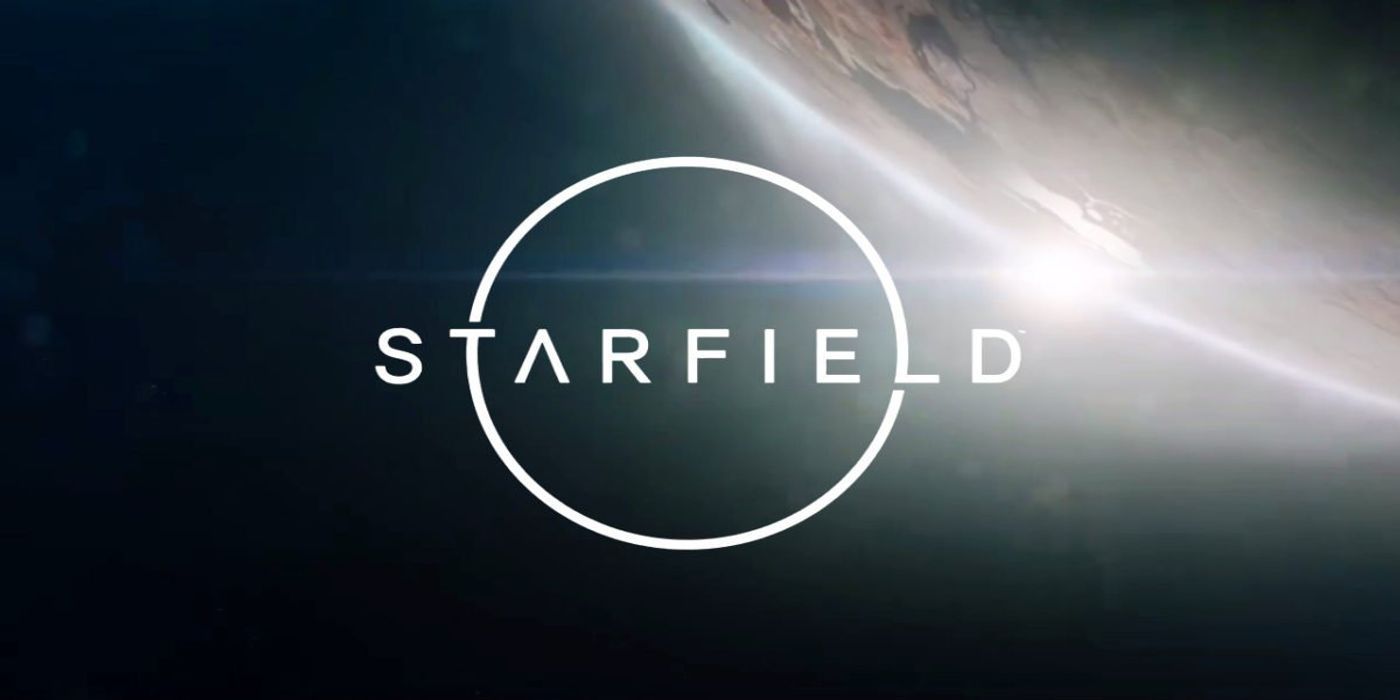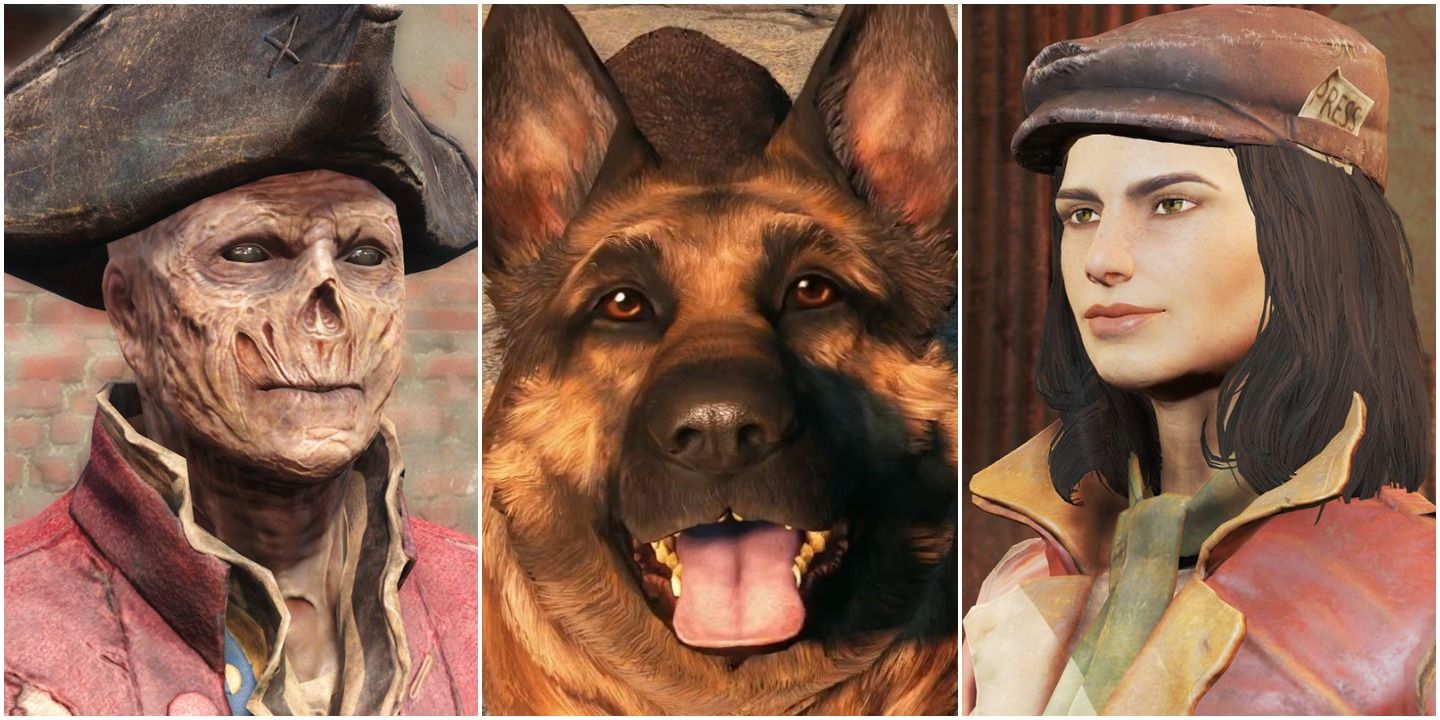Starfield’s in-game world has the potential to eclipse Bethesda’s older games in scale, as it seems it may make more extensive use of procedural generation than in previous titles to create multiple planets. If the game’s overall map really is as large as the this would suggest, it will need to make sure it’s carefully balancing the increased scale of its world with the scope of its story.
Starfield may have a huge world with many different NPCs for the player to meet, but there are good reasons that the game should also commit to a smaller cast of core characters if Bethesda wants to tell a memorable story in that game world. This would be a change of direction from some Bethesda games in the past, but it might be necessary if Starfield is going to stand out in its own right.
Bethesda's Ensembles
In Bethesda’s Elder Scrolls and Fallout series, there are usually only a few key characters whose actions are tied to the plot and very rarely do their actions drive the plot instead of the player’s. One of the more fleshed out characters in Skyrim’s main quest is Delphine, the bartender revealed to be a Blade once the Dragonborn’s identity is revealed. However, all of Delphine’s actions in the plot are still reactions to the presence of the player – there isn’t much sense that she lives an independent life, and she begins the game literally waiting for the Dragonborn to show up.
When Delphine wants the dragon Parthurnaax dead, she leaves the decision entirely up to the player and will wait indefinitely for the act to be completed. There is very little sense in which even Skyrim’s most plot-central NPCs drive the story, instead mostly operating as quest-givers alone. In contrast, Starfield needs a core cast of characters whose personalities help create and overcome different conflicts in the story rather than just helping in combat.
Fallout 4 improved significantly in this regard, moving away from Skyrim’s more generic NPCs to create memorable companions like Nick Valentine, Piper, and X6-88. Unlike most of Skyrim’s companion characters, some of Fallout 4’s best developed companions are introduced through the main quest and have their own goals distinct from the player. Nick Valentine wants to solve an old case, Piper wants people to know the truth through her journalism, and X6-88 works for the Institute.
Part of the reason Fallout 4 is able to have better developed companion characters than Skyrim is because the game limits the scope of its main cast. There are just 13 companions in Fallout 4’s base game, with an additional 4 who can be unlocked via Fallout 4's DLC. In comparison, Skyrim’s base game has 45 followers, and as a result, few have distinctive personalities with many sharing the same voice artists and stock lines.
Fallout 4 is far from a perfect game, but its deeper development of its smaller ensemble was a step in the right direction for Bethesda. Unlike Skyrim, Fallout 4 also introduced a player character with a far more specific and developed backstory than seen in previous Fallout or Elder Scrolls games. This limited the breadth of available roleplaying opportunities in the eyes of many players – it is impossible to play a character in Fallout 4 who wasn’t a married parent. However, there’s no reason that Starfield could not have the sort of blank-slate protagonist fans have come to expect from many Bethesda RPGs while still developing a core cast of other characters.
Creating Compelling Casts
Not only could Starfield greatly develop its supporting characters, but it could also create dynamics between those characters in a way rarely seen in Bethesda RPGs. Most Bethesda NPCs only really have a relationship with the player, but fleshing out inter-NPC relationships could go some way towards creating meaningful character moments in Starfield without imposing a particular characterization of the PC on the player. By focusing on a smaller group of companions than Skyrim, Starfield could flesh out the different possible interactions that companion characters could have with the world and each other without having to worry about creating different iterations for dozens of potential combinations.
While the Elder Scrolls and Fallout franchises may be well-established IPs, Bethesda is going to have to work harder to draw players into the world of Starfield. The game will likely need to add an additional layer of depth to Bethesda’s usual storytelling, but this doesn’t mean it has to break free from the developer’s trademark focus on freedom of exploration.
There are ways to create more compelling NPCs that don’t involve telling a linear, Mass Effect-style story. Fallout 4 and a plethora of well-developed Skyrim companion mods demonstrate how this can pulled off, using a smaller cast of companions with far more recorded lines who are able to react to different situations both in and out of the main plot.
Nick Valentine and Piper in particular are quick to comment on events throughout Fallout 4’s main quest, but also make different comments on the road as the Sole Survivor explores the Commonwealth. The same can be seen in Skyrim mods like Interesting NPCs, which develops some “Super Followers” into more fleshed-out characters by giving them far more lines and reactive states than the average NPC. This level of depth would likely have been impossible to achieve with all 45 of Skyrim’s original followers without adding years to the game’s development.
Bethesda's Starfield may present players with an enormous world, but for that reason it is particularly important that the world doesn’t feel superficial or worse lonely. Companions shouldn’t be the only fleshed-out NPCs of course – many fans would be interested to see a more memorable villain make an appearance, for example. However, developing the dynamic of a core group of companions could be a big step towards turning Starfield from a compelling concept and setting to a genuinely engaging story.
Starfield is in development.


